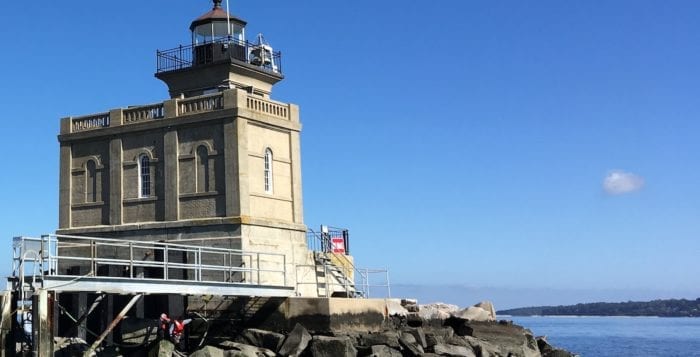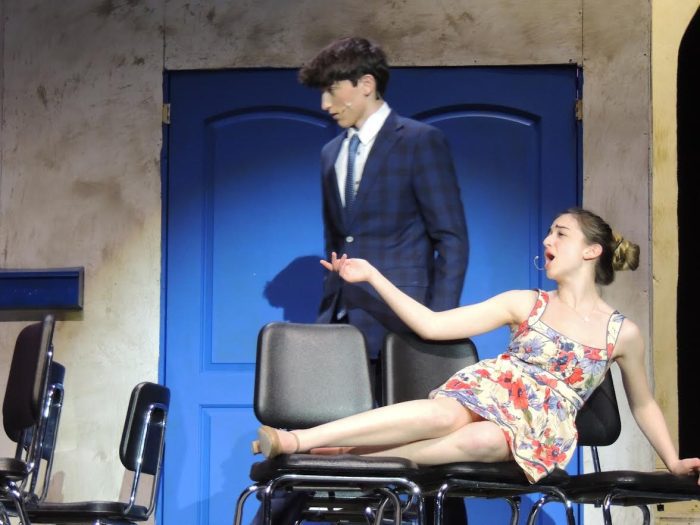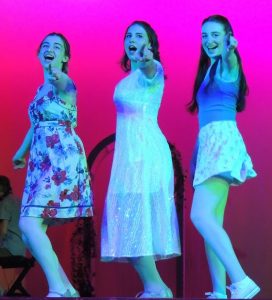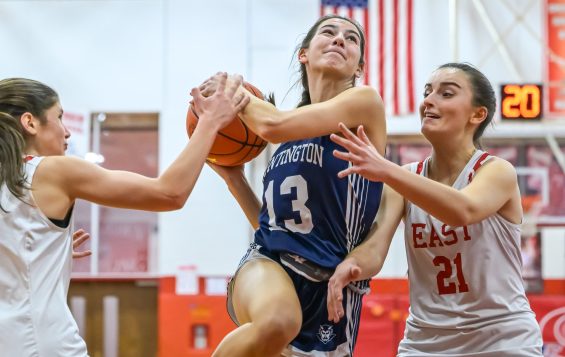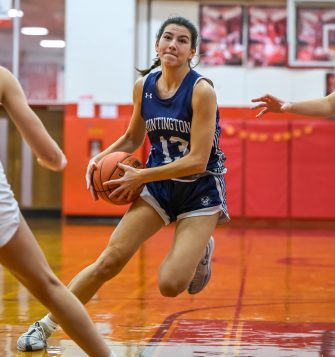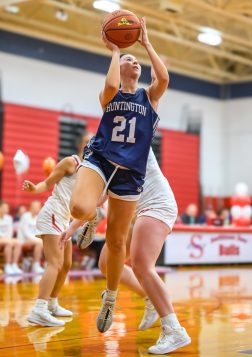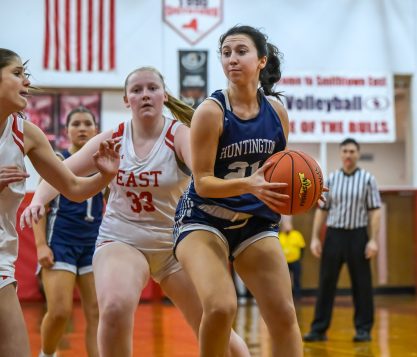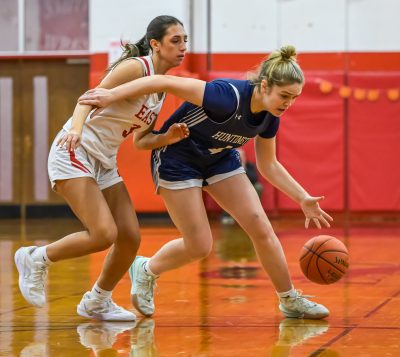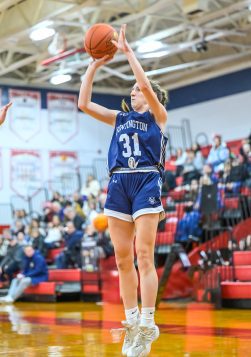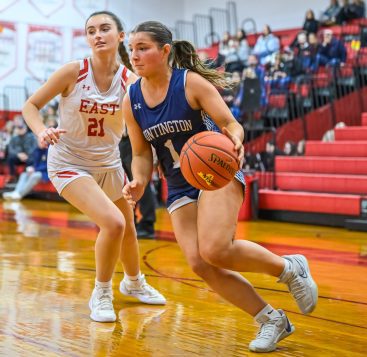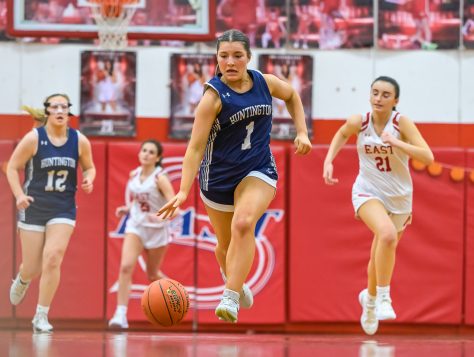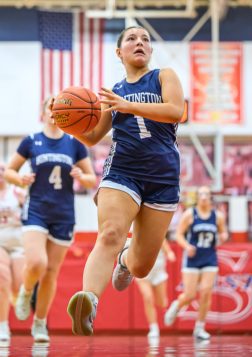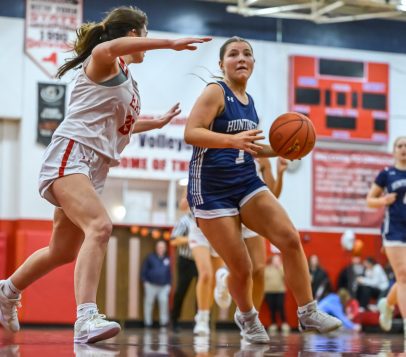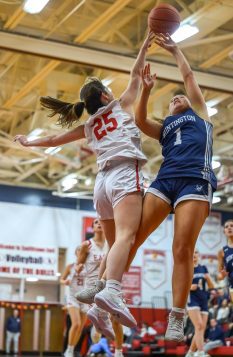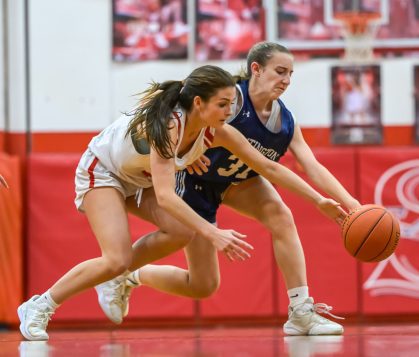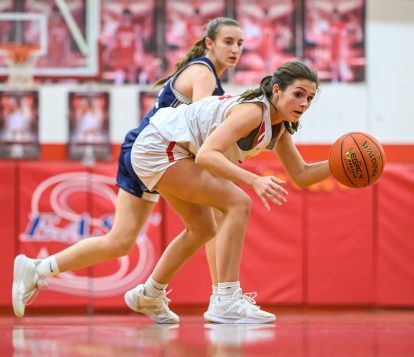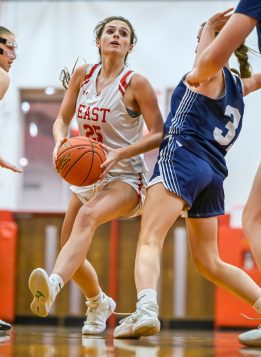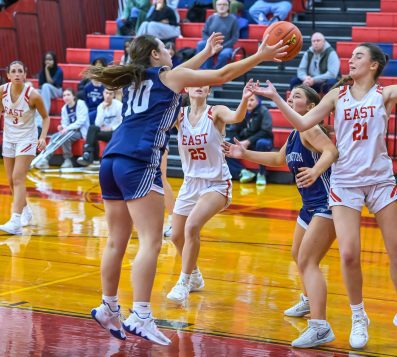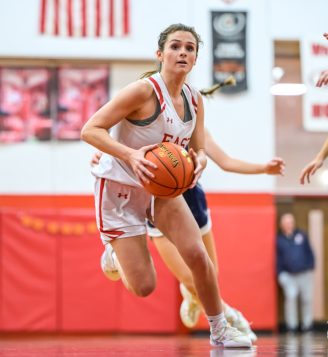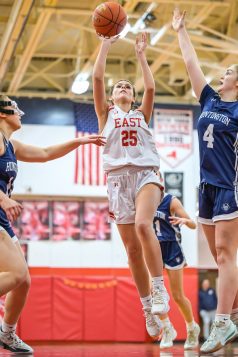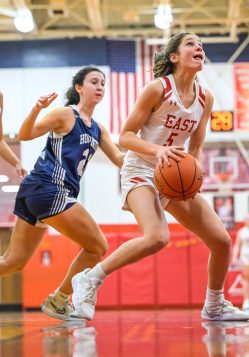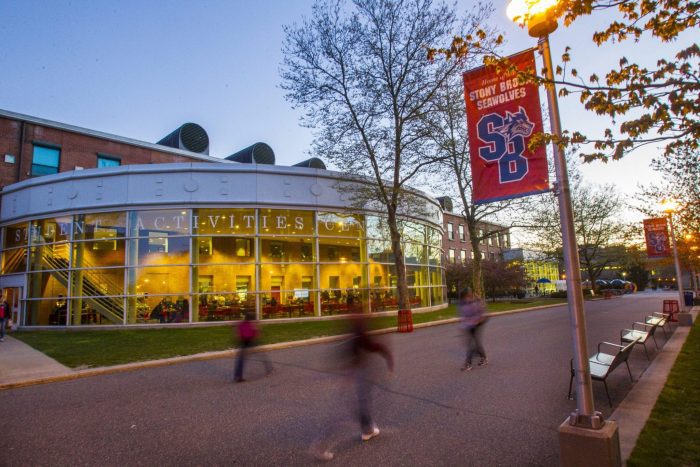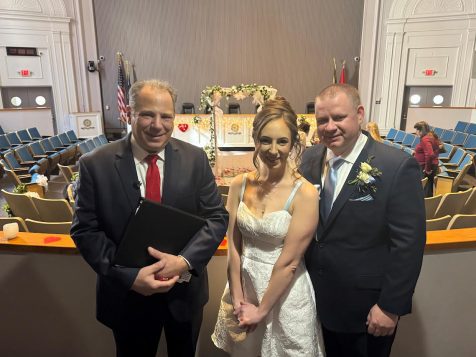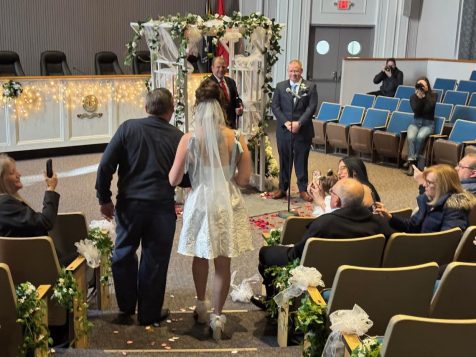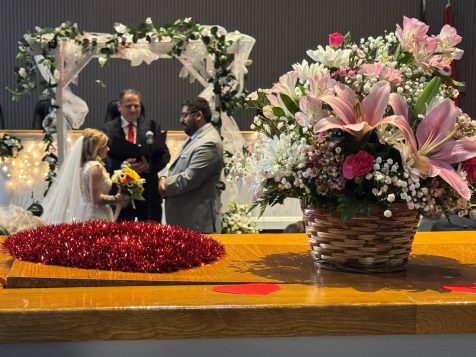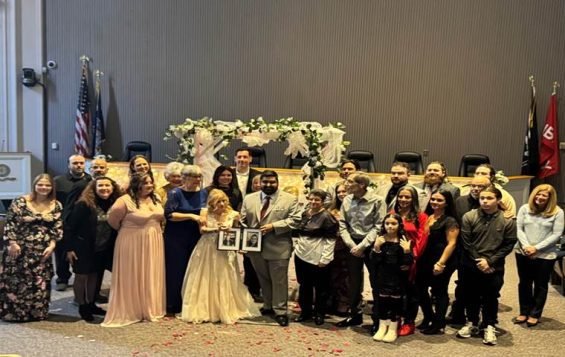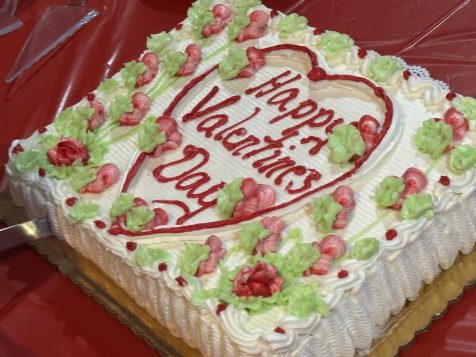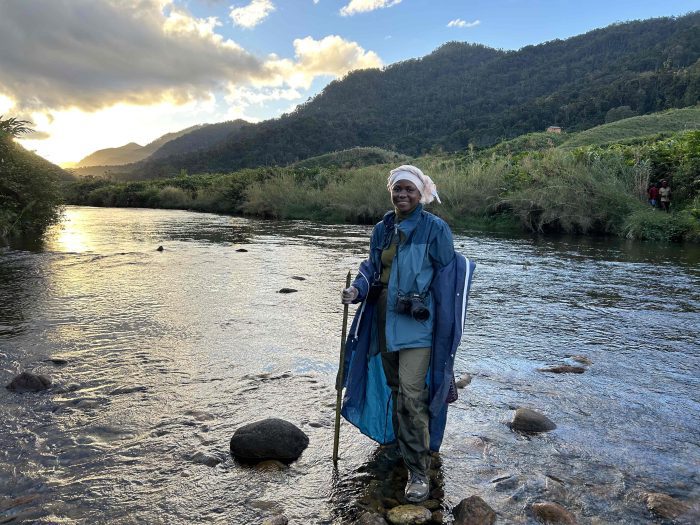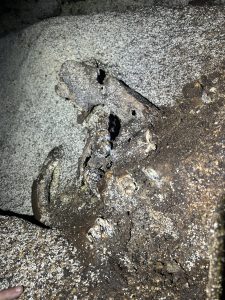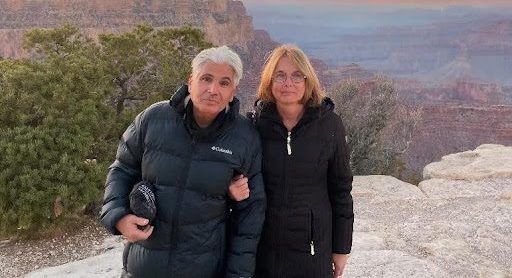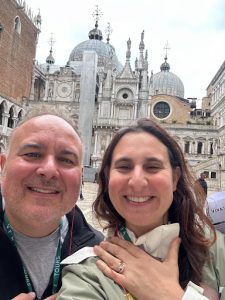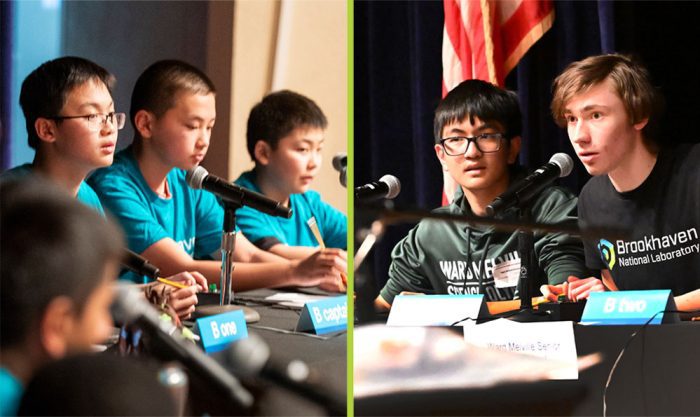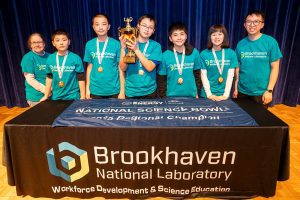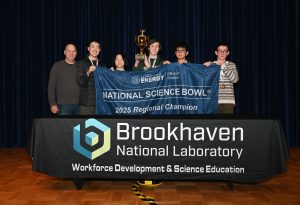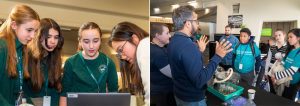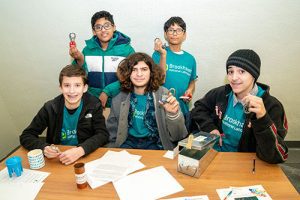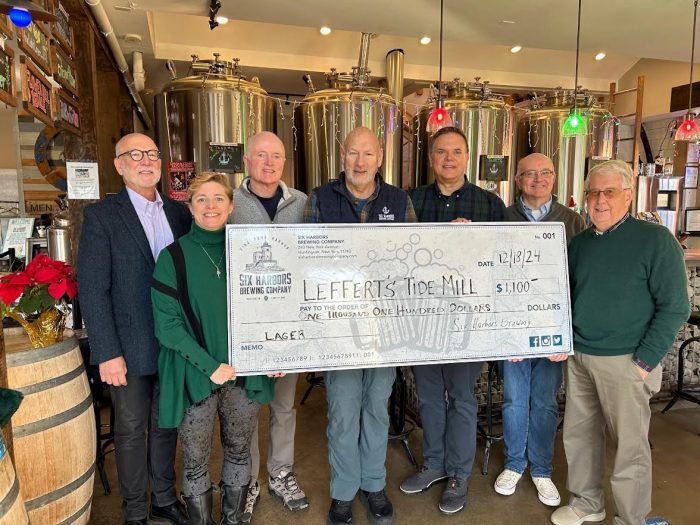It is still early in 2025, but the Huntington Lighthouse Preservation Society (HLPS) is already working on its list of projects and events for the coming season, including a refocus on renovation projects, additional lighthouse tours, and the end of its annual Musicfest, according to a press release on Feb. 19.
“After 15 successful years, we will not be hosting the Lighthouse Musicfest in 2025,” said Pam Setchell, HLPS President. “This decision was not made lightly, and we want to express our sincere gratitude to everyone who has supported and participated over the years. We deeply appreciate the enthusiasm shown for this event, and also want to thank the Town of Huntington for its support of this event.”
“Musicfest is a massive and monthslong undertaking for a very small group of volunteers who set aside business and personal activities for extended periods of time to make it happen,” continued Setchell. “With limited resources at our disposal, we have decided to refocus this year on important construction and renovation projects to ensure the continuation of the Huntington Light for another 113 plus years. In addition, we are working to meet the increasing demand for visitor tours and grow and train our volunteer staff to align with the needs of the lighthouse.”
Renovation focus
The ongoing restoration of a historical structure is never easy, and the unique location of the Huntington Light–it’s literally surrounded by water and has no means of access by land–amplifies the challenges. Since the inception of the Save Huntington’s Lighthouse group in 1985, and then the Huntington Lighthouse Preservation Society, the preservation and restoration of the lighthouse has remained a top priority.
Through a combination of public and private grants, private donations, seasonal tours, special events, and merchandise sales, HLPS has raised approximately $3.5 million in its 40-year history for improvements and restoration projects.
In 2025, new, custom-fabricated windows will replace the original windows, made possible by a generous grant from the Gardiner Foundation and a matching private donation. Additional projects include roof repairs and protective matting, wrought iron railings, repairing cracks in the building’s exterior masonry, and painting and repairing the cupola. A new custom watch deck door is also going to be installed. Each project requires careful planning to ensure that the building’s history and design are maintained. Everything that’s needed, including supplies, tools, and crew must be transported by water and can only be accomplished during a limited season.
Additionally, HLPS is reevaluating its fundraising raising efforts, strengthening its volunteer program, and overhauling the current HLPS website to provide additional functionality.
Lighthouse Tours
Offering access and sharing the story of the lighthouse are core to the HLPS’s mission. Last summer saw an increase in public tour participation, and HLPS anticipates another year that may be even busier. The team is working to add more tour dates, including dinner tours, to the schedule; 2025 dates will be announced soon!
HLPS also makes the lighthouse available for group tours by school groups and others wanting to learn more about maritime history, and visit a working lighthouse.
“We are incredibly proud of the community we’ve built together and the positive impact our collective efforts have had for the lighthouse,” said Setchell. “We are looking forward to seeing the luster restored to this treasured structure and believe you will, too. We stay committed to preserving the lighthouse for future generations as a welcoming beacon to the entrance of Huntington and Lloyd Harbors.”
Follow the Huntington Lighthouse on Facebook, and Instagram.
###
About the Huntington Lighthouse:
The Huntington Harbor Lighthouse was built in 1912 and proudly stands guard at the entrance to Huntington and Lloyd Harbors. It rises 42 feet above the water, marking dangerous rocks and helping to navigate boat traffic. It is unique in both design and construction and the first concrete lighthouse structure on the east coast. The Venetian Renaissance (Beaux Art) style of the lighthouse gives it the appearance of a small castle. The lighthouse was added to the National Register for Historic Buildings in 1989 and was placed on Notice of Availability by the National Parks Service on July 2, 2010. The HLPS was granted ownership of the Lighthouse in 2012.
About HLPS:
The Huntington Lighthouse Preservation Society, Inc. is a volunteer non-profit, tax-exempt, 501(c) (3) organization. Its mission is to restore, preserve and provide public access to the Huntington Harbor Lighthouse (formerly Lloyd Harbor Lighthouse); to achieve the safe keeping of the building, artifacts, and records; to enhance public awareness and education on lighthouse history; to make the HHL a premier tourist attraction on Long Island; and to serve as a prototype of a restored offshore lighthouse.
For additional information, visit: https://www.huntingtonlighthouse.org/

